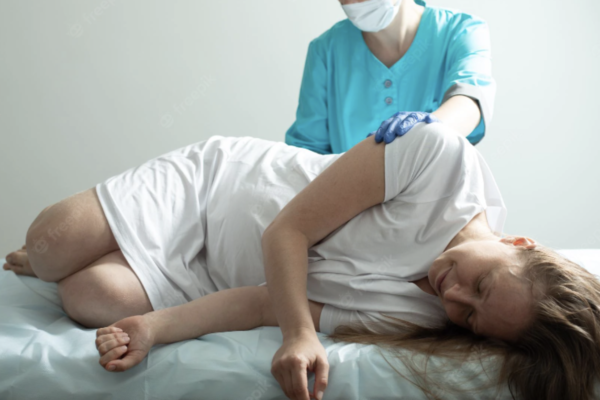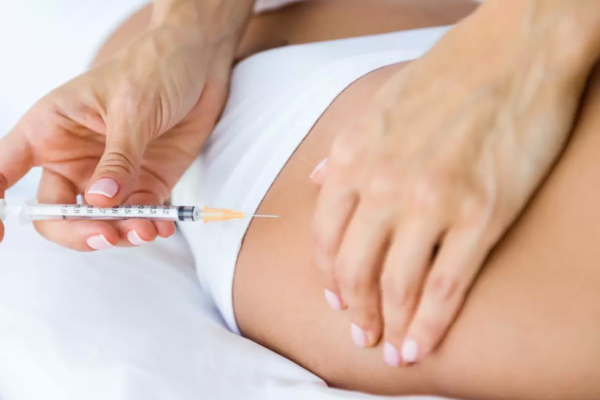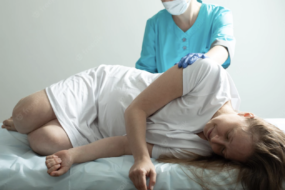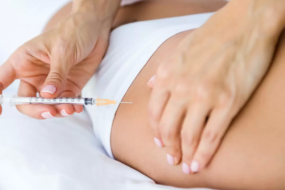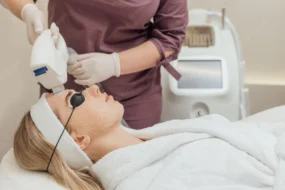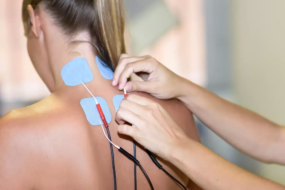Complex regional pain syndrome (CRPS) is an incurable condition that can cause permanent disability in your arm or leg unless you receive the correct treatment. If you have symptoms of CRPS, you should visit a pain specialist like Dr. Andrews, MD, of No Pain, who can help relieve your symptoms and prevent your condition from reaching this stage. Dr. Andrews is a leading expert in chronic pain and conditions like CRPS. Call today to schedule a consultation or book an appointment online.
Complex Regional Pain Syndrome (CRPS)
Complex Regional Pain Syndrome (CRPS) Q & A
What is complex regional pain syndrome?
Complex regional pain syndrome (CRPS) is a condition that typically affects one of your limbs, causing pain and reducing function. CRPS is also known as reflex sympathetic dystrophy (RSD).
CRPS most often develops following some kind of trauma, such as:
- Stroke
- Heart attack
- Accident or injury
- Nerve compression
- Cancer
- Serious infection
The reason why only some people develop CRPS after these events and others don’t isn’t clear. There seems to be a link to changes that take place in your sympathetic nervous system, which cause problems with involuntary functions like circulation and sense of touch. There could also be a link to immune system dysfunction.
What are the symptoms of complex regional pain syndrome?
CRPS symptoms develop gradually. There are three stages that you might experience when you have CRPS.
Stage one lasts an average of three months. During this time, you might experience symptoms affecting your arm or leg, such as:
- Burning pain
- Stiffness
- Heat
- Sweating
- Skin changing color
- Skin getting dry and thin
Stage two generally lasts from three to 12 months. You could experience an increase in swelling of the affected limb and spreading, worsening pain. Joints and muscles become increasingly stiff, and your skin feels more sensitive. It may also feel cold.
If you advance to stage three, the pain will continue to spread, affecting the whole leg or arm. Your muscles might start wasting away and soft tissues contracting, and your range of movement decrease even further. It takes most patients about a year to reach stage three, and some of the effects of CRPS are irreversible at this point.
How is complex regional pain syndrome treated?
If you have any symptoms of CRPS, it’s important to visit No Pain for an assessment. Dr. Andrews checks your medical history and symptoms, performs a physical exam, and uses diagnostic imaging and nerve conduction studies to rule out other causes.
Although CRPS can’t be cured, Dr. Andrews can create an effective treatment program to help you live more comfortably. Treatments include:
- Painkilling and anti-inflammatory medications
- Antidepressant medication
- Blood pressure medication
- Physical therapy
- Steroid injections
- Spinal cord stimulation
- Dorsal root ganglion (DRG) stimulation
- Pain pump implants
If you have CRPS, then early treatment gives you a far better chance of regaining function and reducing pain. Left untreated, CRPS can cause chronic disability, so call No Pain today or book an appointment online.
WHAT WE OFFER
Chronic Pain Conditions and Treatments
-
-
-
-
-
-
-
-
-
-
-
-
-
Migraine
Coming Soon. Learn More.
Did you know that?
Donec sed odio dui. Nulla vitae elit libero, a pharetra augue. Nullam id dolor id nibh ultricies vehicula ut id elit. Integer posuere erat a ante venenatis dapibus posuere velit aliquet.
-
-
-
-
-
-
-
-
-
-
-





